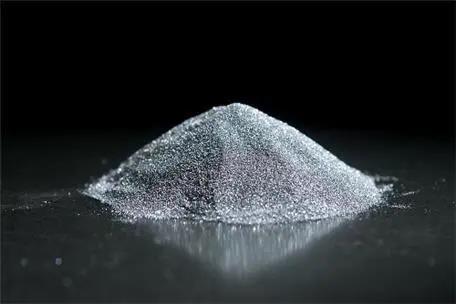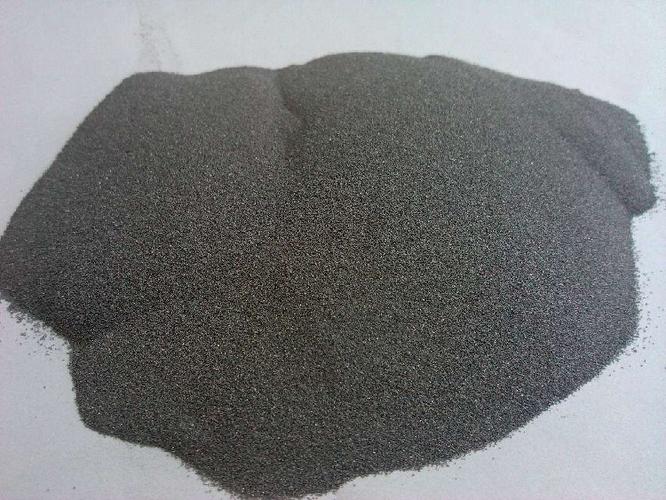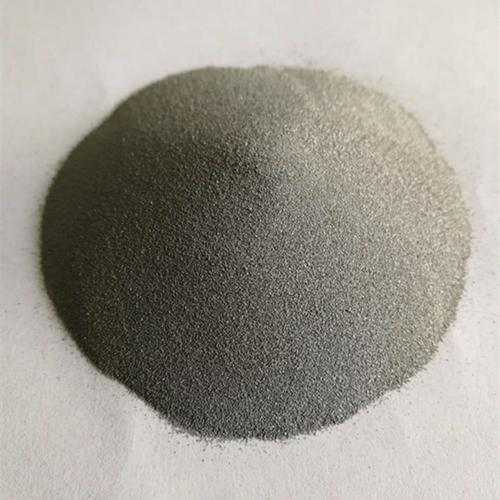**Ferrous Metal Makeover: Unleash the Blast, Shield with Color!**
(Can I Sandblast And Powder Coat Ferrous Metals)
So you’ve got some iron or steel pieces. Maybe old tools, a bike frame, or custom brackets. They look tired, maybe rusty, definitely dull. You want them tough and looking sharp. You heard about sandblasting and powder coating. Can you really use both on ferrous metals? Absolutely yes. It’s a fantastic one-two punch for metal revival.
First, understand ferrous metals. This group includes iron itself and steel. Steel is mostly iron mixed with carbon. They’re strong, super common, but they have a big enemy: rust. Air and moisture make them corrode. That rusty look? That’s weakness setting in. Protecting them is crucial.
This is where sandblasting comes in. Think of it as giving the metal a deep, serious scrub. Instead of soap and water, it uses tiny particles blasted at high speed. These particles could be actual sand, but often safer alternatives like aluminum oxide or crushed glass are used. The force of these particles hitting the metal strips away everything unwanted. Old paint flakes off. Rust vanishes. Grease and grime get blasted away. What’s left behind is bare, clean metal.
But sandblasting does more than just clean. It physically roughs up the surface. Imagine tiny scratches covering the metal. This roughness is key. It gives the next step something solid to grab onto. A perfectly smooth surface is slippery. Powder coating needs a good grip. Sandblasting provides that grip, creating a strong mechanical bond. It prepares the stage perfectly.
Now, enter powder coating. This isn’t like regular liquid paint. Powder coating uses, well, powder. It’s a dry mix of fine resin particles and pigments. How do you apply a dry powder? Static electricity. The metal piece is grounded. The powder gets sprayed through a special gun that gives it a positive electrical charge. Opposites attract. The charged powder particles fly towards the grounded metal and stick tightly, like magnets. It coats the surface evenly.
Here’s the magic trick. That layer of powder isn’t tough yet. It needs heat. The coated metal piece goes into a big oven. The heat melts the powder particles. They flow together into a smooth, continuous liquid film. Then, they chemically react and cure. This creates a hard, durable plastic-like coating fused to the metal. It’s like giving your metal a baked-on superhero costume.
Why is this combo so powerful for ferrous metals? Sandblasting kills the rust and creates the perfect anchor. Powder coating then locks onto that anchor, sealing the metal completely. This seal is incredibly tough. It resists scratches, chips, and chemicals far better than paint. Crucially, it blocks air and moisture from reaching the metal underneath. No air and moisture means no rust can start. It’s a shield.
The finish looks amazing too. Powder coating offers tons of colors and textures – glossy, matte, metallic, even wrinkled. It goes on very evenly without drips or brush marks. The color stays vibrant for years. It’s tough beauty.
Getting it right matters. Sandblasting needs the right pressure and grit type. Too aggressive can damage thin metal. Too weak won’t clean properly. After blasting, handle the metal carefully. Fingerprints or dust can ruin the perfect surface before powder coating. Apply the powder evenly and make sure the oven hits the exact temperature needed for that specific powder. Timing is critical.
(Can I Sandblast And Powder Coat Ferrous Metals)
Done well, sandblasting followed by powder coating transforms tired, vulnerable ferrous metal. It becomes a resilient, great-looking piece ready to face the world.
Inquiry us
if you want to want to know more, please feel free to contact us. (nanotrun@yahoo.com)


